19 Oct Trends at a Glance: Self-Funding
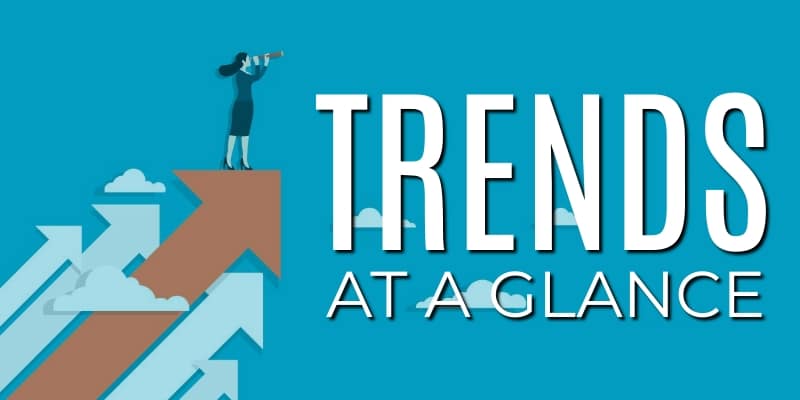 What Is Self-funding? An employer has a self-funded (or self-insured) group health plan if the employer assumes the financial risk associated with providing health care benefits to its employees.
What Is Self-funding? An employer has a self-funded (or self-insured) group health plan if the employer assumes the financial risk associated with providing health care benefits to its employees.
Rather than paying fixed premiums to an insurance company—which, in turn, assumes the financial risk— pays for medical claims out of pocket as they are incurred.
|
|
|
16 Oct 10.16.20 – Weekly Summary
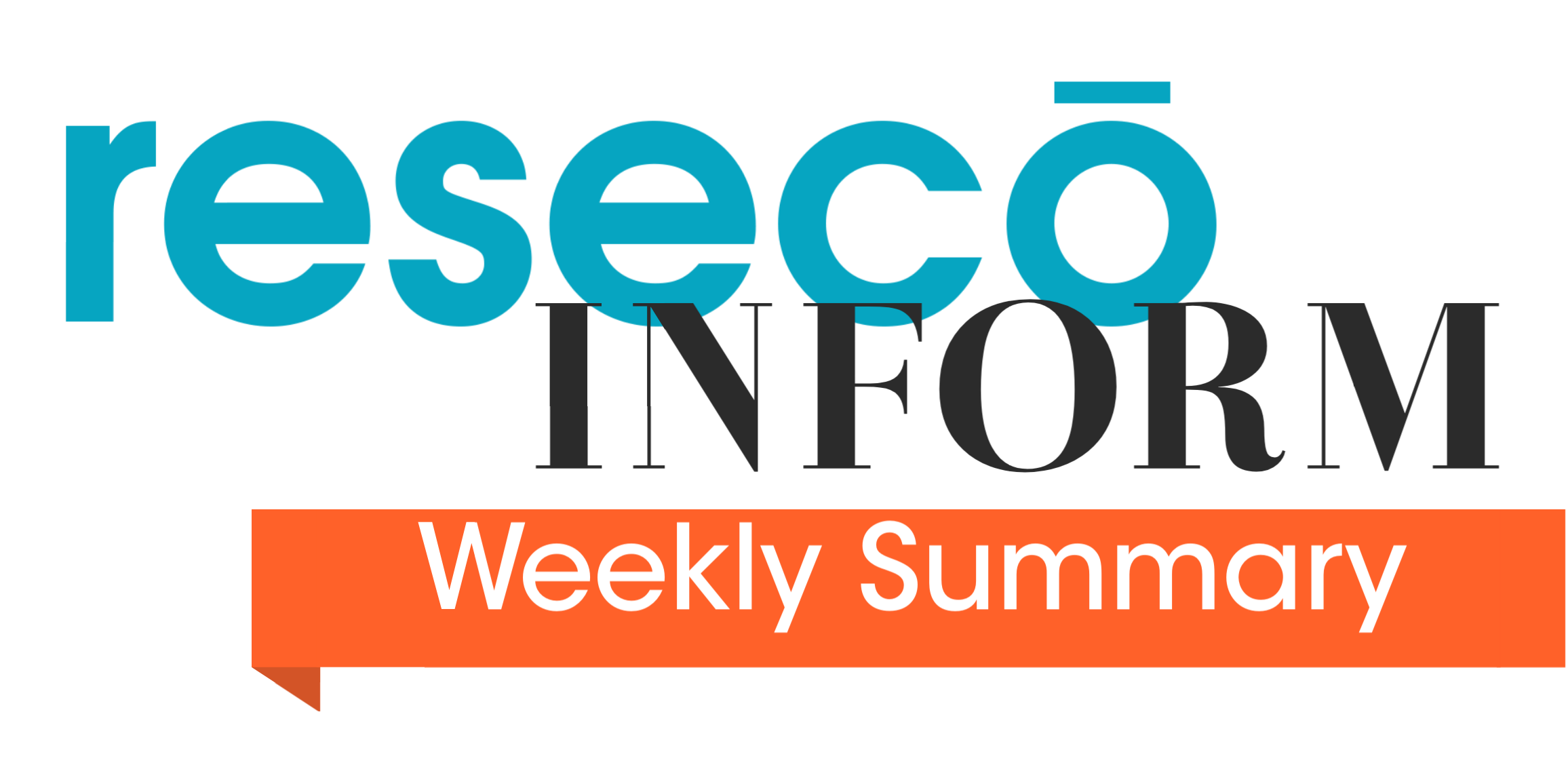
Post Summary for the Week of Oct 10th - Oct 16th
16 Oct Adjusting Paid Leave Programs During the COVID-19 Pandemic
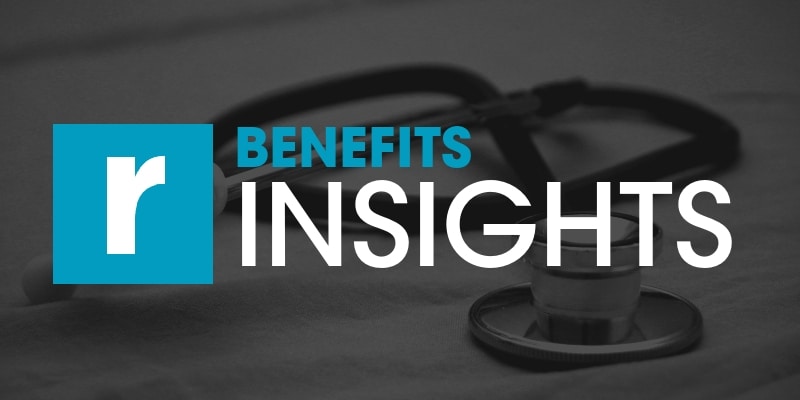 The COVID-19 pandemic has undoubtedly changed many aspects of the modern workplace—and some of those changes may continue in perpetuity after the pandemic is over. One aspect that falls into this category is paid leave programs.
The COVID-19 pandemic has undoubtedly changed many aspects of the modern workplace—and some of those changes may continue in perpetuity after the pandemic is over. One aspect that falls into this category is paid leave programs.
Many employers across the country are changing paid leave programs to comply with applicable federal, state or local guidelines during the pandemic and support employees through these challenging times. In fact, according to data from Mercer, 49% of surveyed employers have adjusted their sick leave programs due to COVID-19-related absences and about 12% have expanded employees’ time off to show their appreciation.
16 Oct California Requires Annual Workforce Pay and Hour Reports
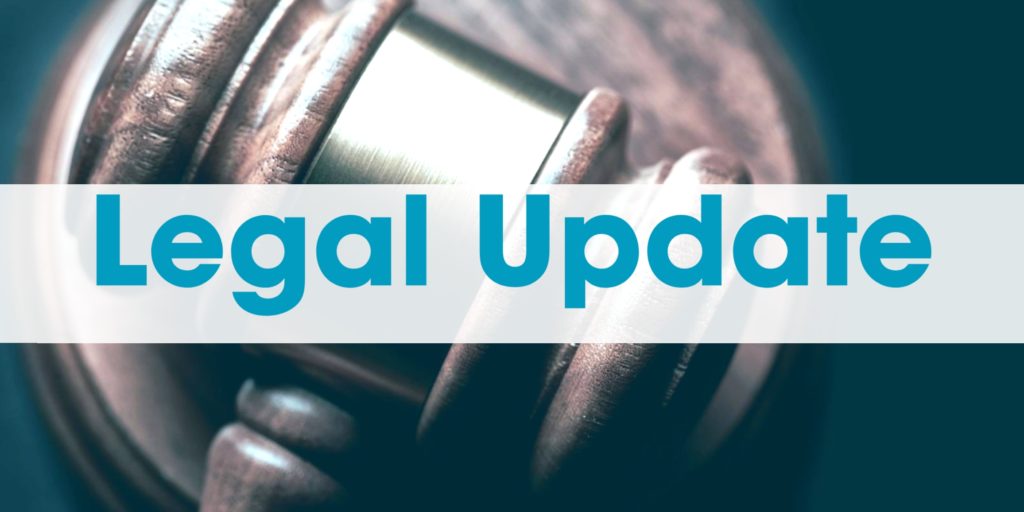 Under a new law enacted on Sept. 30, 2020, certain California employers must file an annual workforce pay data report with the state by March 31 every year.
Under a new law enacted on Sept. 30, 2020, certain California employers must file an annual workforce pay data report with the state by March 31 every year.
The law applies to employers that have 100 or more employees and are required to file the federal Employer Information Report (EEO-1) with the U.S. Equal Employment Opportunity Commission (EEOC). The deadline for an employer’s initial report is March 31, 2021.
16 Oct SBA Issues New FAQs for Paycheck Protection Program Loan Forgiveness
 On Oct. 13, 2020, the Small Business Administration (SBA) published a new set of answers to frequently asked questions about the forgiveness of loans issued under the federal Paycheck Protection Program (PPP).
On Oct. 13, 2020, the Small Business Administration (SBA) published a new set of answers to frequently asked questions about the forgiveness of loans issued under the federal Paycheck Protection Program (PPP).
The PPP was created by the Coronavirus Aid, Relief, and Economic Security Act (CARES Act) as a response to the current COVID-19 pandemic and was designed to provide a direct incentive for employers to keep their workers on the payroll. Small businesses and eligible nonprofit organizations, Veterans organizations, and Tribal businesses described in the Small Business Act, as well as individuals who are self-employed or are independent contractors, are eligible if they also meet program size standards.
16 Oct Social Connectivity in the Time of COVID-19
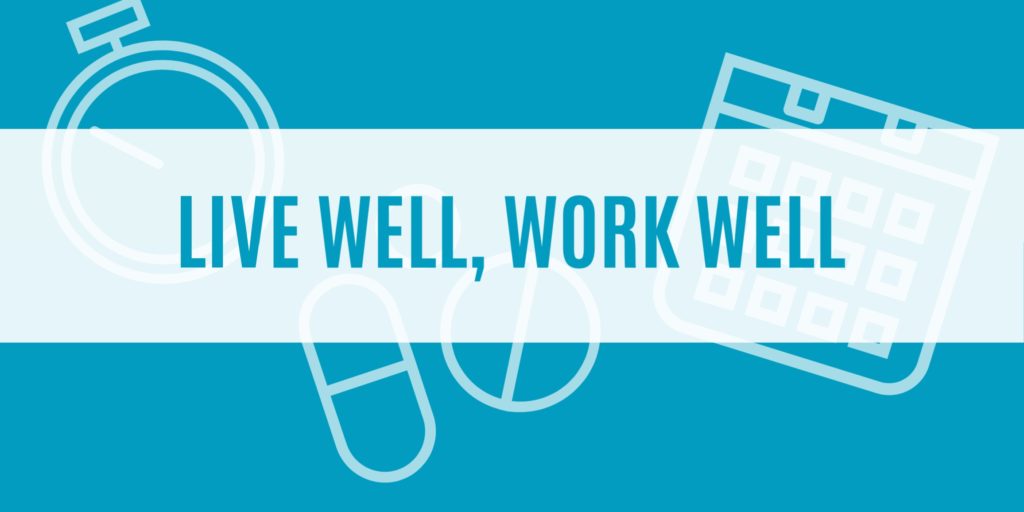 The need for social distancing has put a pause on normal socializing activities, like family get-togethers, restaurant outings and music concerts.
The need for social distancing has put a pause on normal socializing activities, like family get-togethers, restaurant outings and music concerts.
As the pandemic continues, social distancing doesn’t need to mean social isolation. If you don’t address it, isolation and loneliness during the pandemic may pose a risk to your mental health.
Why It Matters
Social connectivity is the feeling of closeness and connectedness to a community. Every connection has a lasting impact on our physical and mental health—so it’s especially important during this time to focus on connectivity to support both yourself and others in your community.16 Oct Combating Workplace Safety Complacency
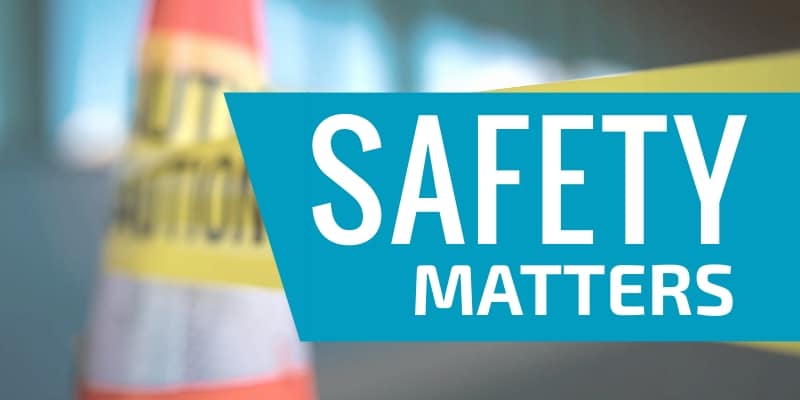 It’s vital for employees to feel comfortable in their job role and capable of performing workplace tasks effectively. However, comfort shouldn’t come at the cost of complacency.
It’s vital for employees to feel comfortable in their job role and capable of performing workplace tasks effectively. However, comfort shouldn’t come at the cost of complacency.
Being complacent on the job and ignoring safety hazards can carry significant consequences in the workplace—such as near-miss incidents, injuries and even fatalities. After all, just because your workplace is safe, doesn’t mean you don’t have to follow proper precautions. In fact, many safety incidents aren’t caused by unsafe conditions, but rather by careless acts or behaviors.
That’s why it’s crucial for you to play your part in combating complacency, keeping both yourself and others safe at work. Review this guidance to understand what workplace safety complacency is and how to prevent it.
15 Oct Methods for Supporting Working Parents
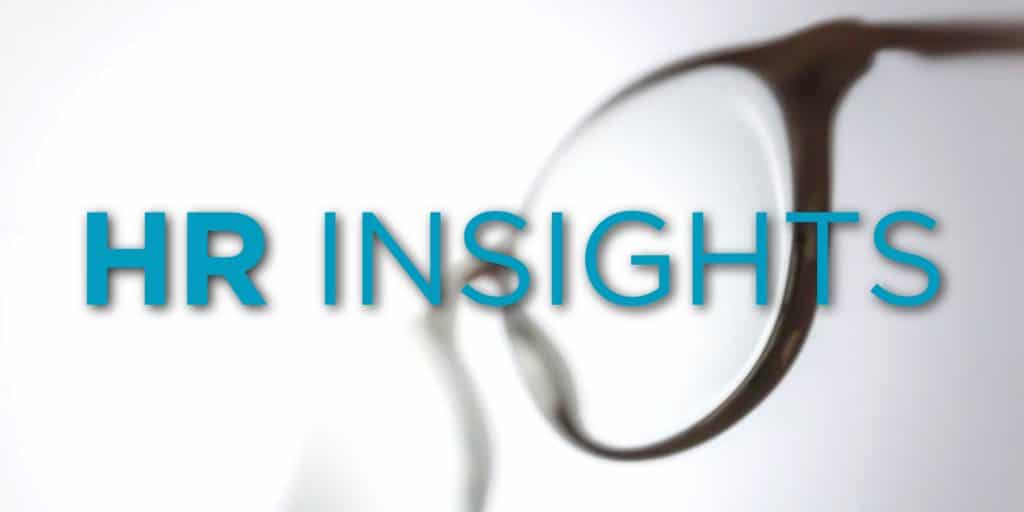 In the wake of the COVID-19 pandemic, working parents are now being forced to contend with their children’s new school routines.
In the wake of the COVID-19 pandemic, working parents are now being forced to contend with their children’s new school routines.
Unfortunately, these routines will be varied by school, with little universal guidance. The uncertainty surrounding these routines and their impact on working parents will undoubtedly have ripple effects in the workplace.
15 Oct Customer Coronavirus (COVID-19) Infection Letter – Template
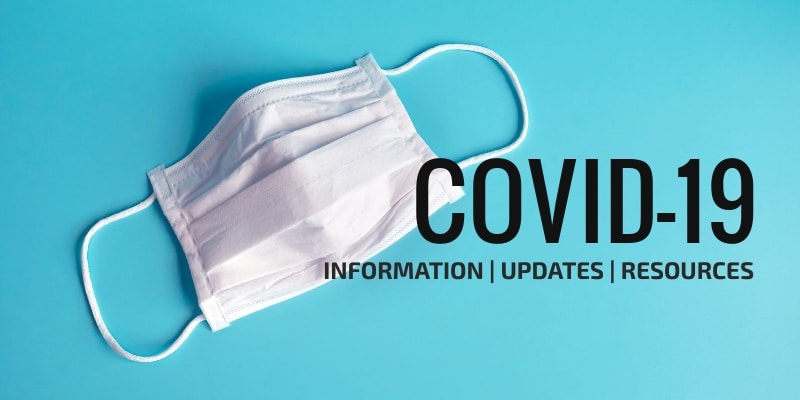 If your organization has had an employee contract the coronavirus disease 2019 (COVID-19) and you need to inform your customers or vendors as well as having possible contact with this individual, Reseco Group is pleased to provide a free editable word document template for your use.
If your organization has had an employee contract the coronavirus disease 2019 (COVID-19) and you need to inform your customers or vendors as well as having possible contact with this individual, Reseco Group is pleased to provide a free editable word document template for your use.
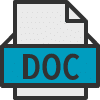 Note, some customization is required.
To download a copy of the template please complete this form and it will take you to the download page.
Note, some customization is required.
To download a copy of the template please complete this form and it will take you to the download page.


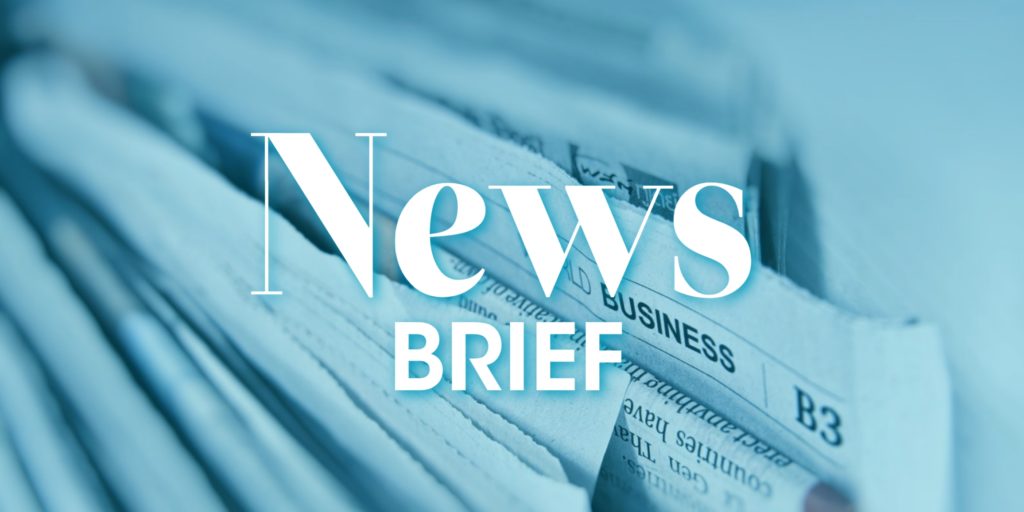 In a recent call with U.S. governors, Centers for Disease Control and Prevention (CDC) Director Robert Redfield warned that small gatherings are increasingly becoming a source for COVID-19 infections.
In a recent call with U.S. governors, Centers for Disease Control and Prevention (CDC) Director Robert Redfield warned that small gatherings are increasingly becoming a source for COVID-19 infections.